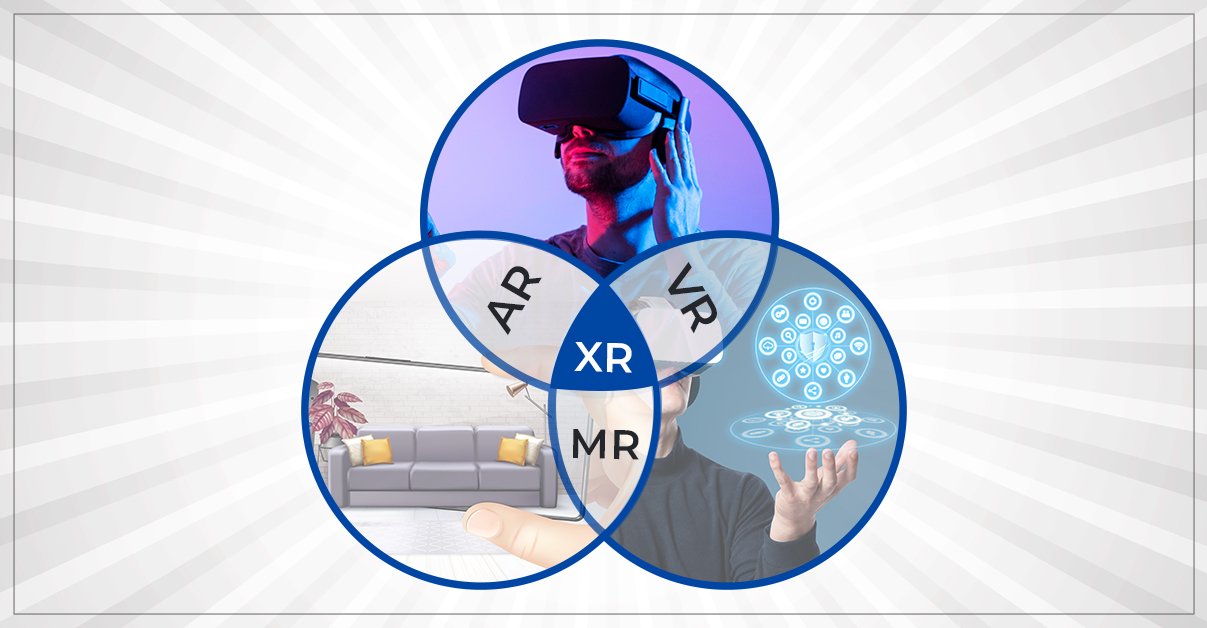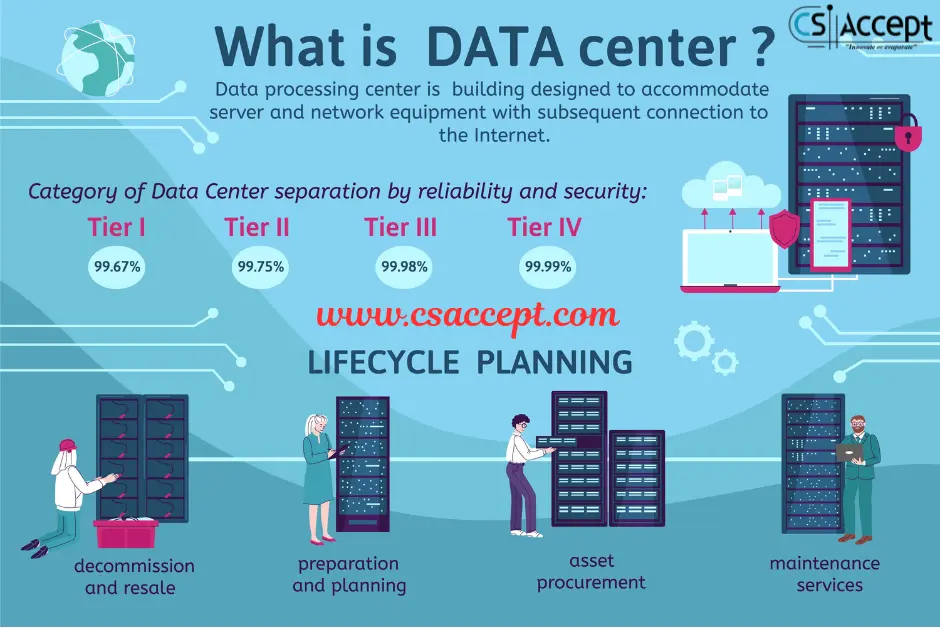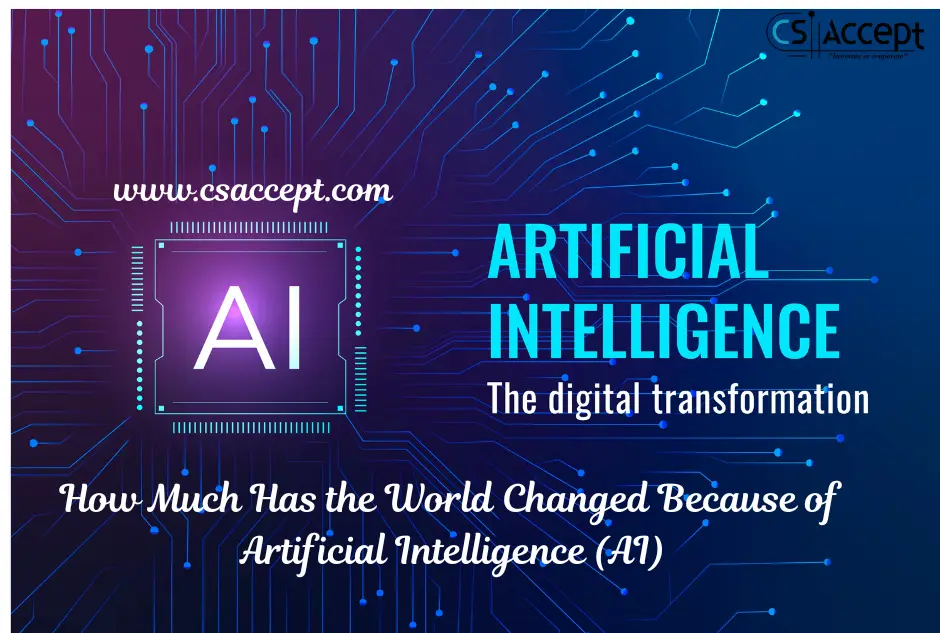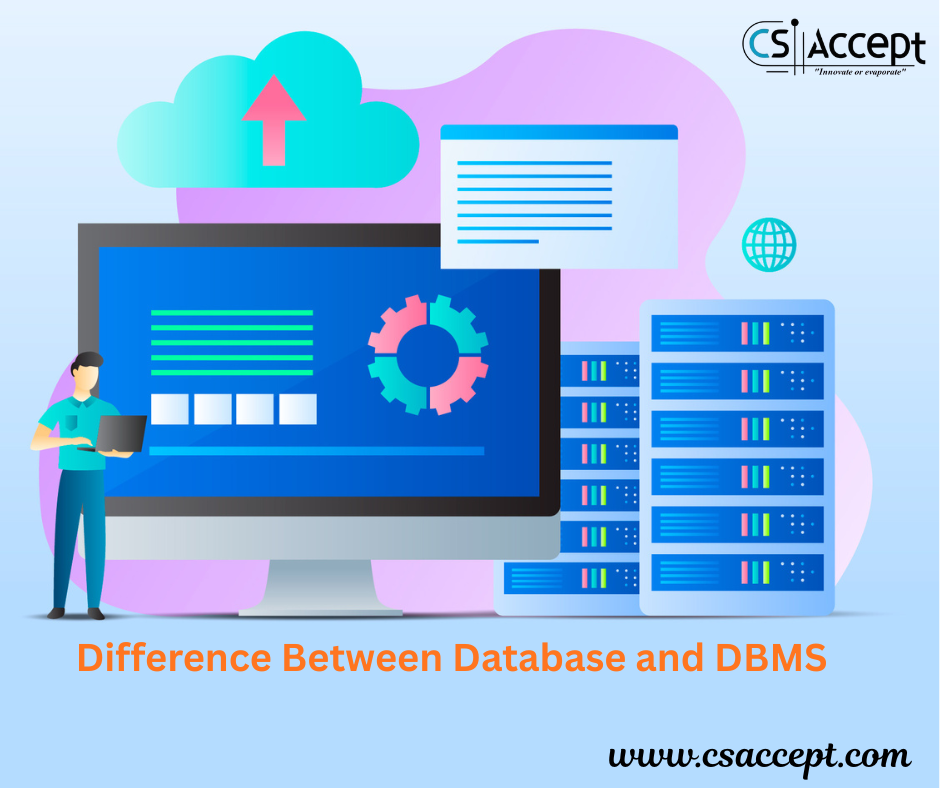
These technologies fall under the umbrella of Extended Reality (XR), which includes all real-and-virtual combined environments.
1. Augmented Reality (AR)
Definition:
Augmented Reality adds digital elements to a live view of the real world, often through a smartphone camera or AR glasses. The user remains in their real environment, which is enhanced by computer-generated content.
Key Features:
- Real-world environment with digital overlays
- Interactive and in real time
- Digital content is registered in 3D space
Common Devices:
- Smartphones and tablets
- AR glasses (e.g., Microsoft HoloLens, Magic Leap)
Example:
Pokémon GO – Players use their smartphone to see and catch virtual Pokémon placed in real-world locations through the camera.
Use Cases:
- Retail: Visualize furniture in your home (IKEA Place app)
- Navigation: AR walking directions in Google Maps
- Healthcare: Medical visualization in surgeries
- Education: Learning through 3D models in real environments
2. Virtual Reality (VR)
Definition:
Virtual Reality completely immerses the user in a simulated environment, cutting them off from the real world. The experience is entirely virtual, created through computer-generated content.
Key Features:
- Fully immersive digital environment
- Blocks out the physical world
- Includes visuals, audio, and sometimes haptic feedback
Common Devices:
- VR headsets (e.g., Oculus Quest, HTC Vive, PlayStation VR)
Example:
Beat Saber – A VR game where players use virtual lightsabers to slash music-based blocks in a 3D space.
Use Cases:
- Entertainment and gaming
- Virtual travel experiences
- Training simulations (military, medical, industrial)
- Therapy (for PTSD, phobias)
- Virtual architecture walkthroughs
3. Mixed Reality (MR)
Definition:
Mixed Reality blends both physical and digital worlds, allowing real and virtual objects to interact in real time. Unlike simple AR, MR lets you manipulate and respond to digital objects as though they were part of your real surroundings.
Key Features:
- Seamless interaction between real and virtual elements
- Anchored to and responsive to the physical environment
- Highly interactive
Common Devices:
- Microsoft HoloLens
- Magic Leap
- Advanced VR headsets with passthrough (e.g., Meta Quest 3)
Example:
Microsoft HoloLens – Allows engineers to view, manipulate, and walk around a 3D model of a machine overlaid in their real workspace.
Use Cases:
- Product design and prototyping
- Education and simulation training
- Architecture and construction planning
- Remote technical support and diagnostics
Quick Comparison Table
| Feature | AR (Augmented Reality) | VR (Virtual Reality) | MR (Mixed Reality) |
|---|---|---|---|
| Real-world view | Yes | No | Yes |
| Immersion | Low to moderate | High | High |
| Interaction | Limited | Full virtual interaction | Real + virtual interaction |
| Devices | Phones, AR glasses | VR headsets | AR headsets, advanced VR |
| Example | Pokémon GO | Beat Saber | Microsoft HoloLens apps |
Summary
- AR (Augmented Reality) adds digital elements to the real world without removing the user from their environment.
- VR (Virtual Reality) immerses the user in a fully digital environment, completely separate from the real world.
- MR (Mixed Reality) integrates digital objects into the real world, allowing them to interact in real time.







